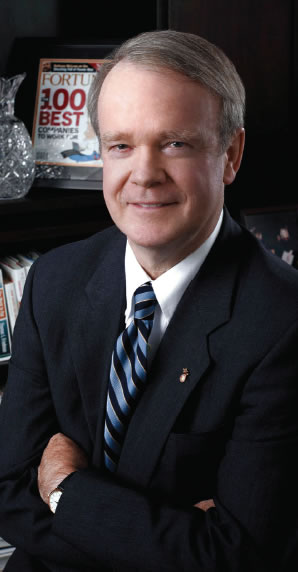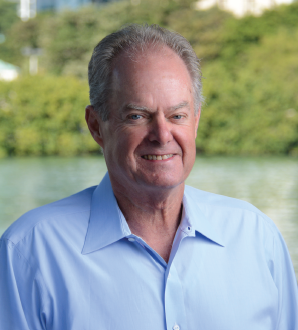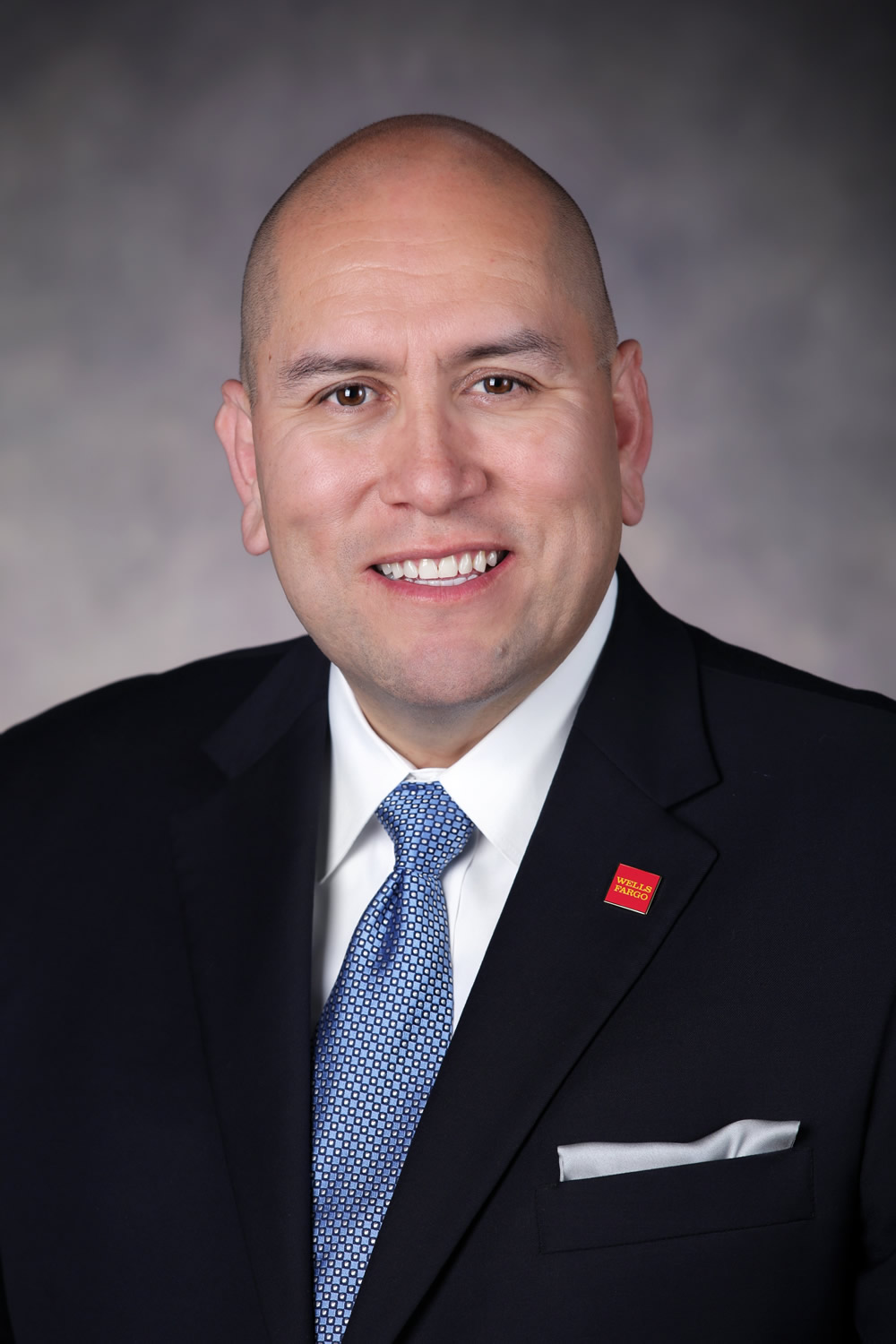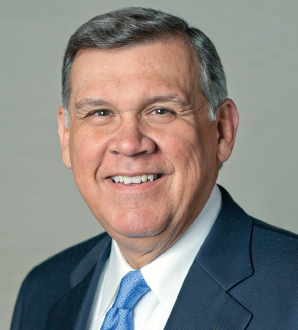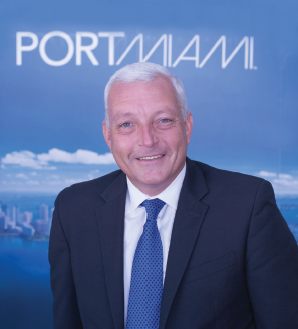What are the unique demographic and epidemiological trends in South Florida, and how have these driven growth in the health sector?
The most conspicuous trend is the same one driving growth on a national basis: people are getting older. I call it the demographic tsunami. Baby boomers are all turning 65, and the utilization of health care services for people over 65 is essentially twice as that for people under 65.
In South Florida, we also have a high percentage of uninsured individuals – around 30 percent. Hopefully, because of the Affordable Care Act (ACA), it will fall significantly. When people have insurance, demand goes up; without insurance, these folks don’t have access to, or they don’t use, health care services.
Epidemiologically, we see a higher incidence of diabetes here in South Florida relative to the national average. In part, this trend is informed by the area’s large Latin American and Caribbean population.
Miami-Dade’s growing international profile has created growth opportunities in medical tourism. How significant is medical tourism for Baptist Health?
Baptist Health does well in the international market, particularly when it comes to the Latin America and the Caribbean, where we focus our international outreach efforts. Patients from these countries come to Miami-Dade to seek medical treatment because of its proximity, and this market’s abundance of specialists that address the specific needs of this population. Our main focus in the international market, like the domestic market, is wellness and disease prevention. For Latin Americans, this means diabetes and obesity education because these diseases disproportionately impact the region. We provide diabetic educators and dialectologists for this purpose.
Because international patients tend to pay in full for their for their medical treatments, this segment generates significant revenues for area hospitals and other health care facilities engaged in medical tourism. Thus, although medical tourism comprises less than 5 percent of Baptist Health’s business, it probably contributes around 5 percent to our bottom line.
What are the key strategies necessary to care for a large contingent of international patients?
Baptist Health has one of the largest international programs in the U.S. We see around 12,000 patients a year, competing with the likes of the Cleveland Clinic and Johns Hopkins. We are long-term players in this space – we’ve been in it for 20 years. The reason we have been so successful is that, unlike other clinics that may provide service in multiple locales, our focus is honed on Latin America and the Caribbean. We know that market very well, and we benefit greatly from the high volume of direct flights to and from Latin America. In South Florida we have a large staff of bilingual and trilingual folks who can care for these patients, and we also have representatives working in various countries throughout the hemisphere.
What are the notable trends in health care-related employment in the South Florida market?
Our provider community has a very handsome and generous supply of specialists and a deficiency of primary care physicians. This situation contributes to higher utilization, as does excessive and unnecessary medical testing.
What are the greatest challenges facing South Florida’s health sector?
The real problem with health care in the U.S. is not quality, nor is it access – everyone has access because the federal government has the EMTALA (Emergency Medical Treatment and Active Labor Act). The problem is cost, and if left unchecked, I think we’re go-ing to bankrupt the country.
Fee for service, in my estimation, is the single number one foundational problem of cost. We have too many unnecessary surgeries and procedures – as high as 30 percent, which is a huge number – and it’s all driven by fee-for-service. Under this model, the more you do, the more you get paid. We’ve got the incentives misaligned. This is a cultural matter that needs to be changed.
How can rising costs be addressed? What are best practices from Baptist Health’s experience?
We have been successful in meeting our goal to reduce health care costs below the rate of inflation. This year saw the lowest rise in our 50-year history. Inflation was around 3.5 percent to 3.6 testing, whereas our admission costs increased by only 0.9 percent. This was not the result of one big change, but a thousand small ones.
That said, transitioning away from the fee-for-ser-vice model is key. We are very patient-focused, while fee-for-service is not. It is not only an excessive and costly model, but also deteriorates the quality of care. We want to pay our doctors in capitation – providing them incentives for promoting good health outcomes and keeping their focus on wellness and prevention. To ensure we appropriately leverage the doctors, we complement them with highly trained nurse practitioners along with dieticians and physical therapists. We have been hiring a high number of primary care physicians to bring balance to a system that is so specialist-heavy.
We have been experimenting with a number of alternative care models that cater to the needs of the patients. For instance, they open early and close late, so as to eliminated their having to go to urgent care or the emergency room “after hours” for minor symptoms simply because their doctor’s office was not open.
What is Baptist Health’s strategy for growth and expansion?
Baptist Health is the fastest-grow-ing organization in South Florida and the largest private employer, providing jobs to 16,000 people. When people look at our growth, they say, “well, you have all of these hospitals,” but in fact, our growth has been on the outpatient side! We have 50 outpatient centers and buildings – that’s quietly how we have been expanding.
We are transitioning from a high-cost environment, anchored by acute care hospitals, to one based in outpatient care, which is the bulk of our business today.
From here, the next transition is to the doctor’s office, where we will grow primary care, and eventually back to the home, as advances in telemedicine – both on the technology and regulatory sides – continue.
In 2014, we finalized plans to build a $430-million world-class cancer treatment and research center, which will have the latest technology, including proton therapy. The center will conduct, not just bench, but also phase II and phase III – or translational – research. We are building a hotel for cancer patients and family members, and a wellness center too. This is the largest project we’ve undertaken. There are only 18 such facilities in the world – none in South Florida, Latin America or the Caribbean. Once the center opens, local patients and those from Latin America will not need to go to New York or Houston for treatment.

